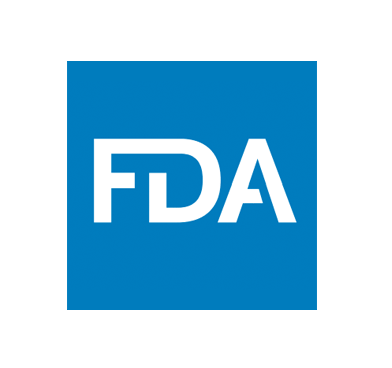FDA guidance spells out acceptance criteria for synthetic peptide ANDAs
 Biologics/ biosimilars/ vaccinesBiotechnologyChemistry, Manufacturing and Controls (CMC)North AmericaQuality Assurance and ControlRegulatory Intelligence/Policy
Biologics/ biosimilars/ vaccinesBiotechnologyChemistry, Manufacturing and Controls (CMC)North AmericaQuality Assurance and ControlRegulatory Intelligence/Policy Biologics/ biosimilars/ vaccinesBiotechnologyChemistry, Manufacturing and Controls (CMC)North AmericaQuality Assurance and ControlRegulatory Intelligence/Policy
Biologics/ biosimilars/ vaccinesBiotechnologyChemistry, Manufacturing and Controls (CMC)North AmericaQuality Assurance and ControlRegulatory Intelligence/Policy